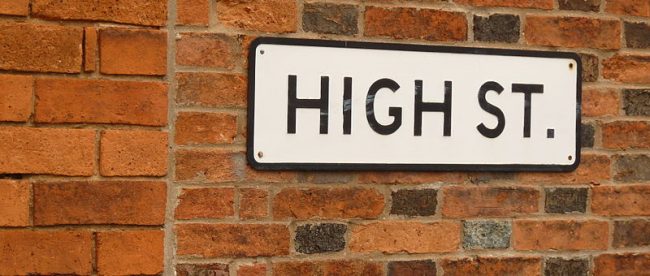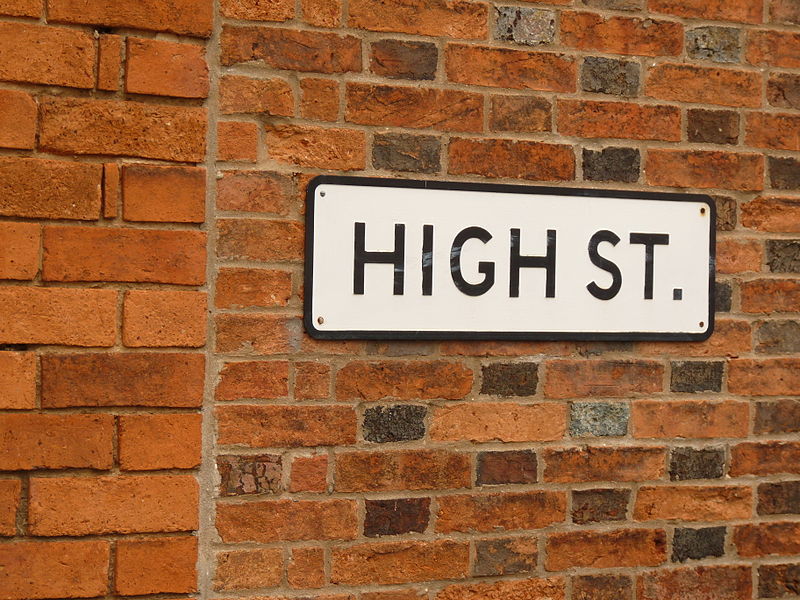The Big Brick Loophole

War is expensive. That’s not the top reason for avoiding war — death and destruction rank higher, for sure — but it’s still true. Soldiers need to be paid, weapons need to be purchased, transportation needs to be accounted for, and so on and so forth. And while many governments today have well-funded militaries and can handle the economics of warfare, that often wasn’t the case. Instead, wartime taxes common. For example, to fund the 1898 Spanish-American War, the United States added a tax to the use of a new technology known as the telephone.
And where there are new taxes, there are often loopholes. Which is why this wall on the side of the road in the English village of Measham, Swadlincote looks so weird.

On the right, there are smaller bricks, making up the older part of the wall. As it expanded toward the left, the bricks are notably larger. But it’s not the work of a very lazy mason. It’s a byproduct of the American Revolution.
In 1775, war broke out in the Americas; the colonists wanted to be free of British rule. Parliament and the Crown weren’t okay with this, so out came the navy and the soldiers and the guns. Fighting a war an ocean away isn’t cheap, though, so Parliament looked for ways to raise revenue. In 1784, it passed a tax on bricks. As the Telegraph notes, brick manufacturers were responsible for paying the excise, which certainly makes sense from a tax collector’s perspective. But there was a small problem: they weren’t taxed based on the collective volume or weight of their bricks. Rather, Parliament taxed brickmakers on a per-brick basis.
As there was no requirement that bricks be of a certain size — beyond the physics of the matter and the preferences (and convenience) of bricklayers, at least — some manufacturers got creative. Most notably, and industrialist named Joseph Wilkes started producing a new line of bricks called “Wilkes’ Gobs” (or sometimes, “Wilkes’ Jumbs”) — double-sized bricks that did the same job as normal bricks, but were taxed at, effectively, half the rate.
Aesthetics aside, many builders opted for the effectively cheaper but larger bricks. It looked silly at times — here’s another stark example — but it definitely saved a few dollars (or, shillings, I guess). And the scheme lasted longer than you’d think; Parliament didn’t put a cap on brick size until 1801, and even then, the cap was likely too high to account for most of these jumbo-sized bricks. In 1850, the law was finally repealed — but by then, the American Revolution had been over for more than fifty years anyway.
Bonus fact: If a British resident wanted wallpaper at the same time as those taxed bricks, the wallpaper also came with a special tax. In 1712, the Crown promulgated an excise tax on “patterned, printed, or painted wallpaper” as summarized on Wikipedia. Being a luxury good, the tax was designed to hit those who were wealthy, but the wealthy patrons found a better way to spend that extra bit of money. Instead of buying wallpaper, they bought cheaper, regular paper and hired artists to stencil designs on the wall.
From the Archives: Why These Windows Don’t Have Windows: Taxes.
